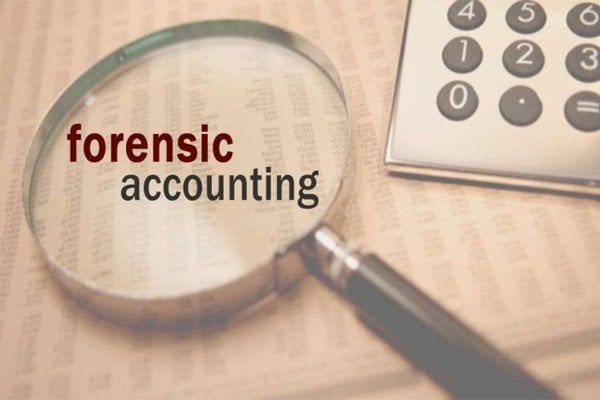Hidden Wealth? How Lifestyle Analysis Reveals the Truth

Divorce in Seattle is a challenging and emotionally draining process. Sometimes, divorcing partners or sparring ex-business associates illicitly conceal assets to avert their reasonable division. Moreover, deceitful perpetrators always try to mask their ill-gotten accomplishments. In such scenarios, sociological details – garnered as part of a lifestyle assessment – can be as revealing as economic data. Here’s what a “forensic accountant Seattle” investigates when searching for concealed assets.
Why is lifestyle analysis so crucial?
Before proceeding with how forensic accountants use lifestyle assessment to unravel hidden assets, you should know why it’s essential. Lifestyle analysis is vital to the consequence of any divorce and might even be needed by the court. Lawyers will often count on the details and assume its accuracy. If a partner is not genuine, they might lose reliability in the court’s eyes. However, a meticulously prepared lifestyle assessment could make every difference between a financially thriving divorce settlement and one significantly less so.
This strategy is used to consider the asset division, child support & maintenance, and they help you understand how much money is needed to maintain a specific living standard. Ultimately, the objective is to come to the most equitable allocation of assets and offer proof to support the cost of keeping the lifestyle the partners are used to.
How does a forensic accountant utilize a lifestyle analysis to find hidden assets?
Every bank transaction from the bank and credit card accounts should be detected to decide where the funds are spent. Ensuring that every statement has been obtained and assessed is crucial, as one lost statement could carry the key to a masked asset.
Commencing with numbers
Forensic accountants mainly begin with numbers; for instance, a professional reconstructs the subject’s earnings by assessing canceled checks, bank deposits, currency transactions, and accounts for cash reimbursements from undeposited receipts and non-income cash origins. A forensic accountant mainly assesses the partner’s income origins and uses of money during a specific time frame. If the individual is spending more than they are saving, the excess possibly is unreported earnings.
When an individual’s net worth rises without proof, analysts conclude that this is due to underreported earnings. A specialist looks at the financial institution and brokerage statements, property records, credit card applications, and loan applications to determine an individual’s total assets.

Analyzing assets and tax records
Establishing that an individual has unreported earnings is one thing, and tracing those earrings to accounts or assets, which can be used to uphold a legal affirmation or execute a judgment, can be more complex. Forensic accountants investigate assets, insurance policies, employment apps, court filings, tax returns, and credit reports. Tax returns are mainly beneficial as people usually have solid incentives, including tax evasion costs, to generate precise returns. This is the best strategy to obtain clues about income or assets that someone otherwise tries to hide.
Obtaining the goods
Forensic accountants often require a court’s permission to crosscheck their party’s tax records and bank and other personal details. This might not be an issue in business partnerships or divorce proceedings. But when reviewing occupational deception, forensic accountants might only have income details given by the employer and publicly available details, for example, purchase records & court filings, and real estate sales.
They will also question colleagues about the divorce party’s lifestyle, including if the suspected swindler suddenly purchased a brand-new luxury car. Social media offers in-depth details about the partner’s holdings, properties, and lifestyles.
Conclusion
Lifestyle analysis by a forensic accountant can assist in proving that one spouse is living a lifestyle that surpasses documented income sources and isn’t elaborated through other cash resources, for example, gifts, loans, or inheritance.






